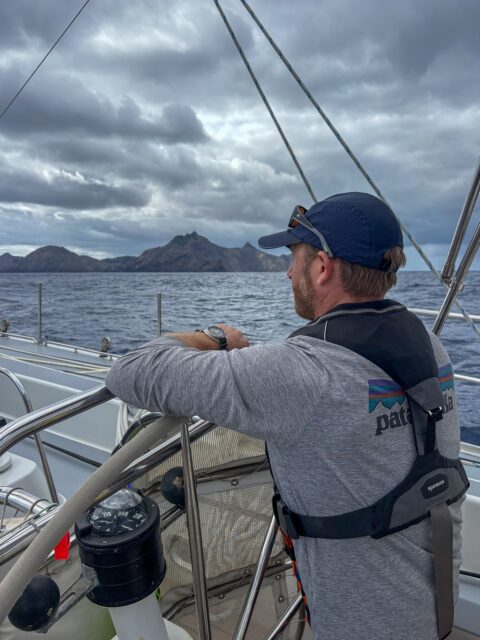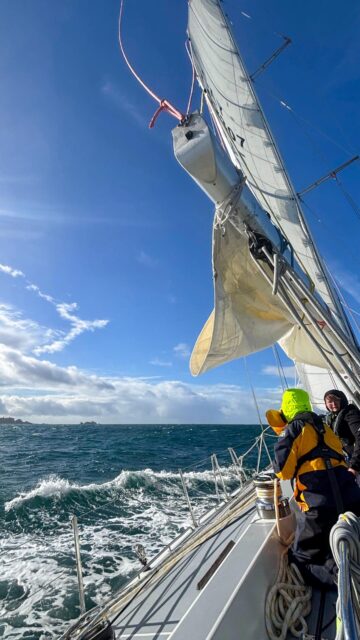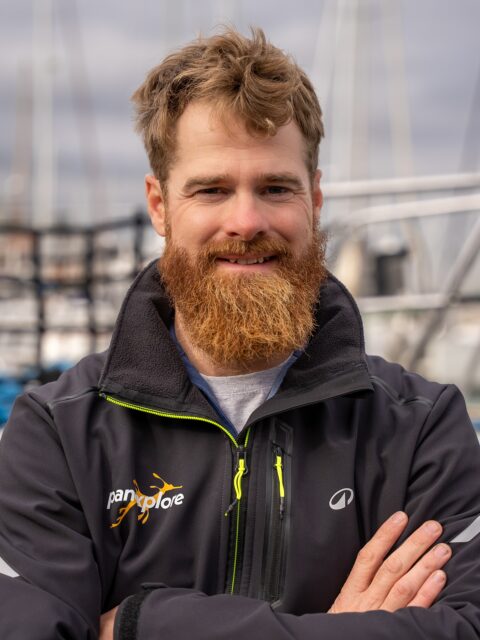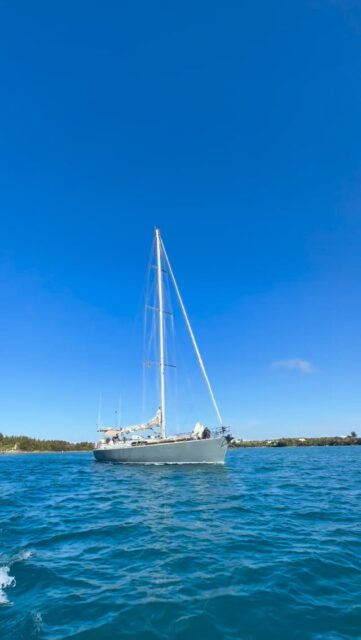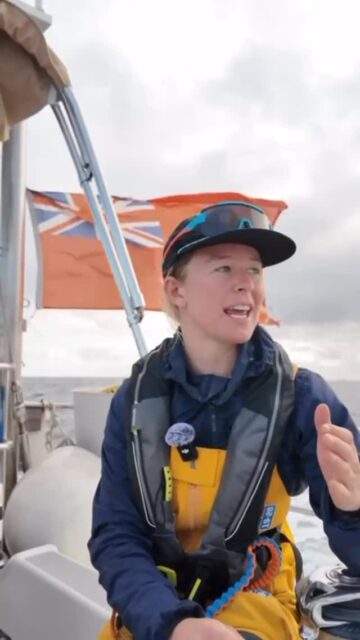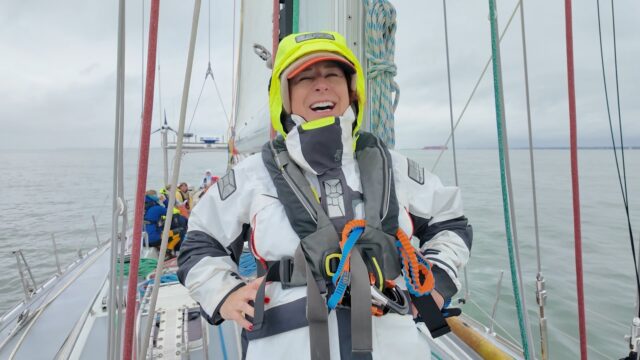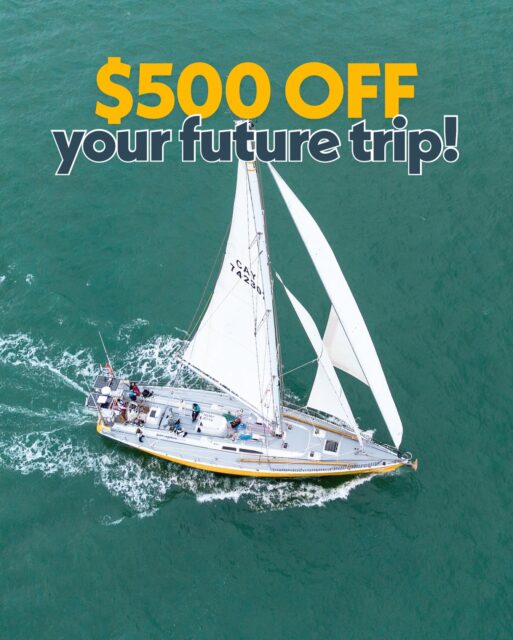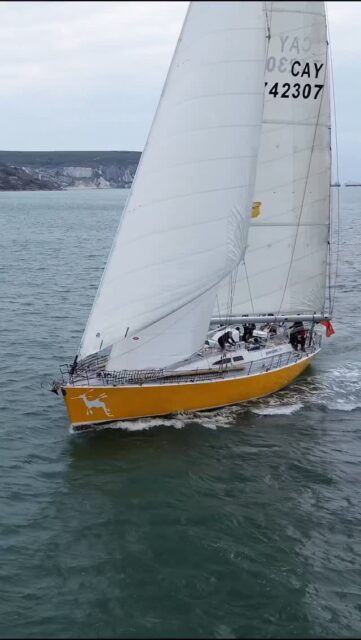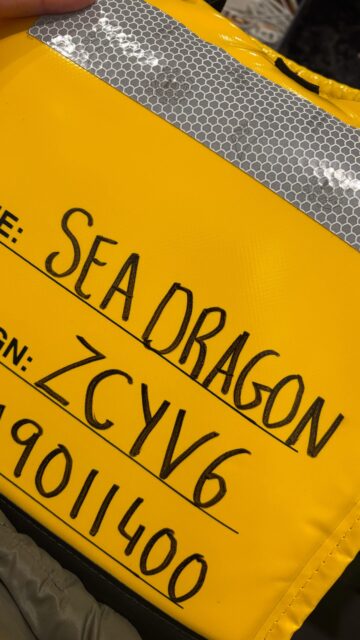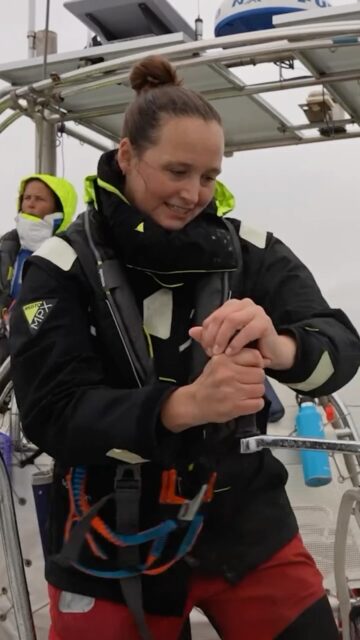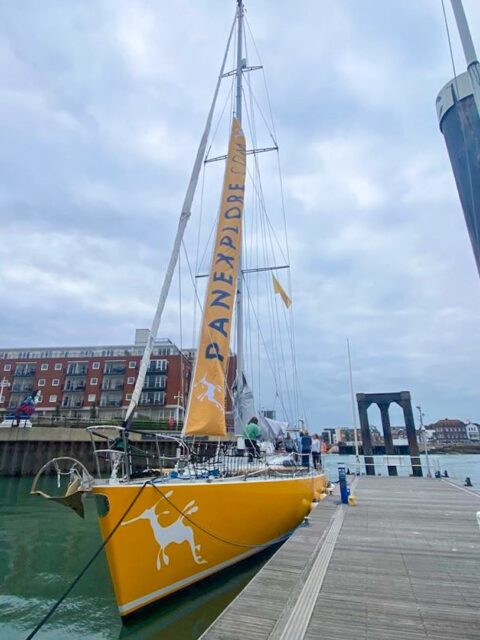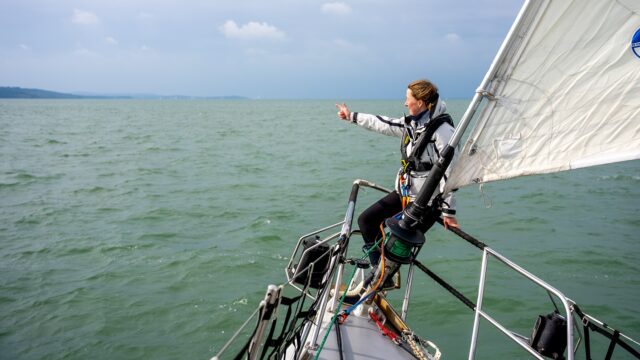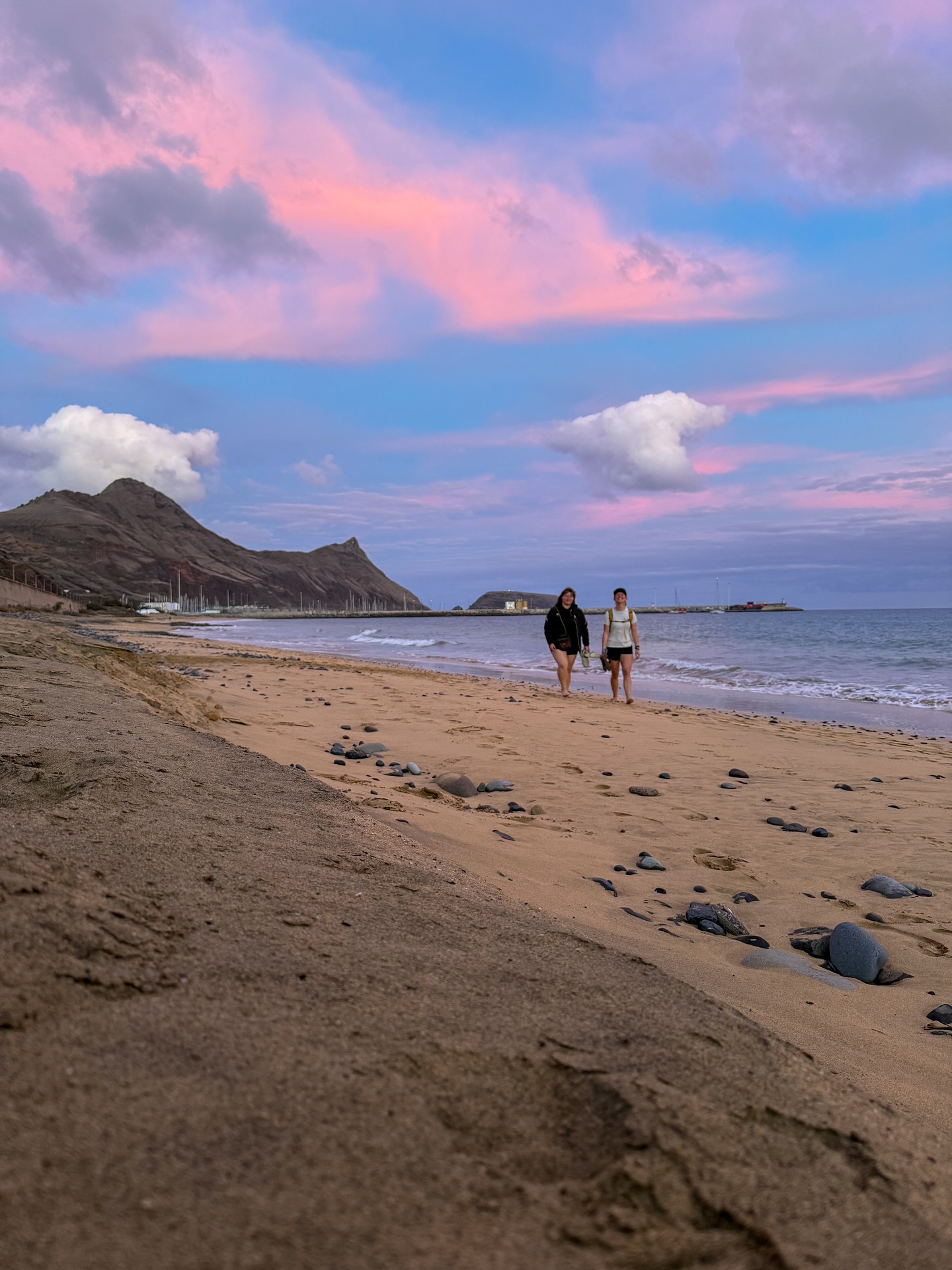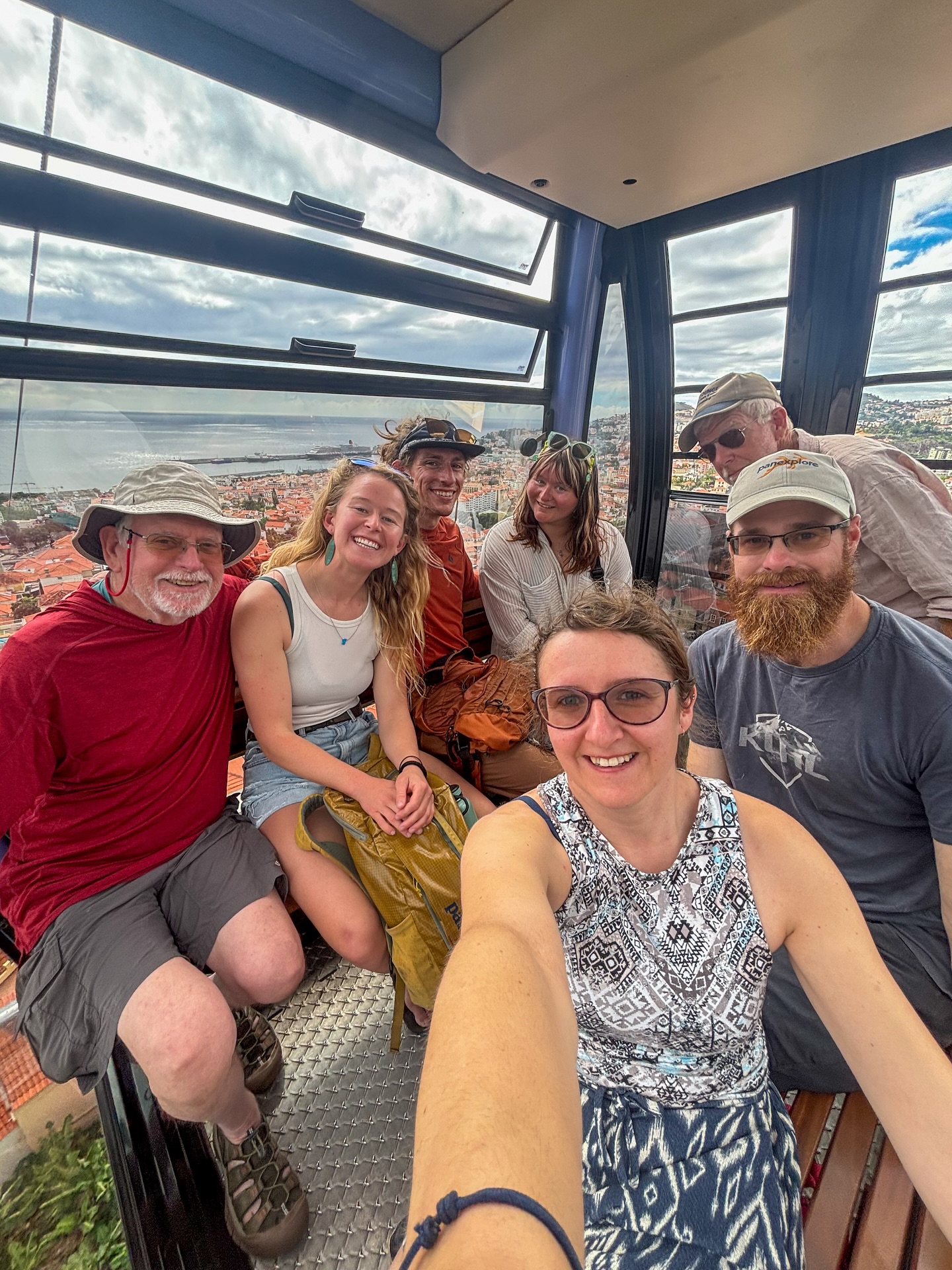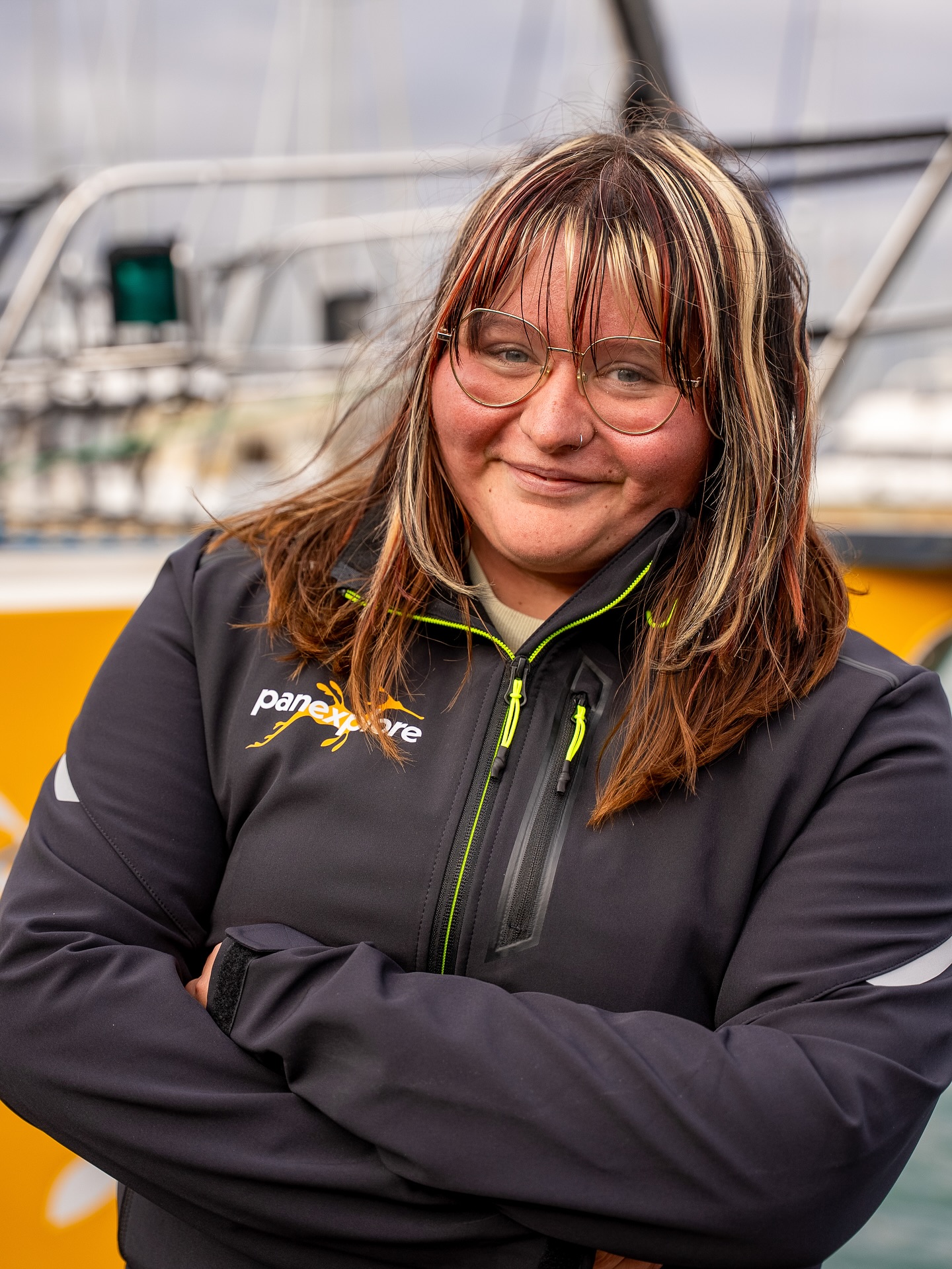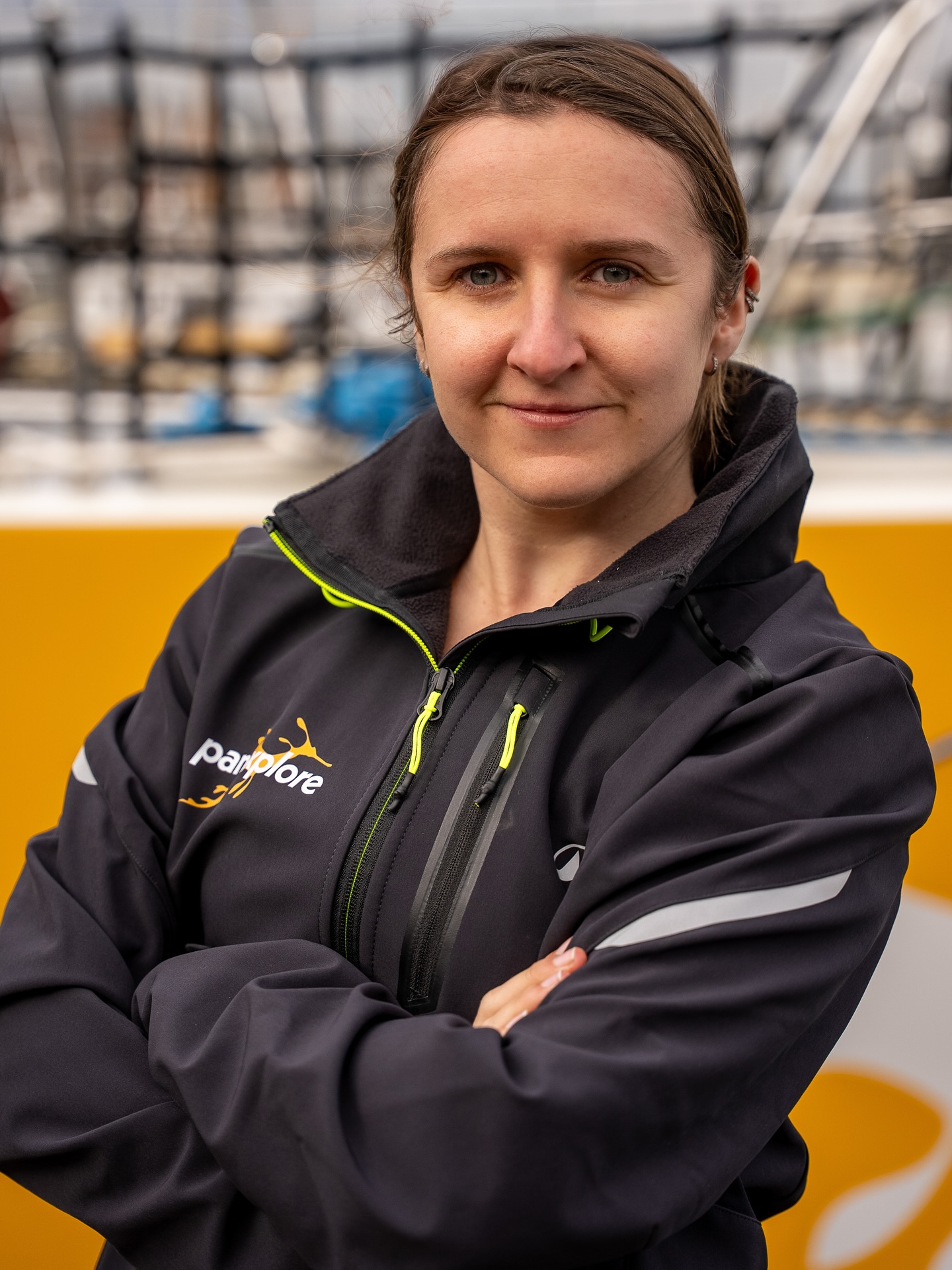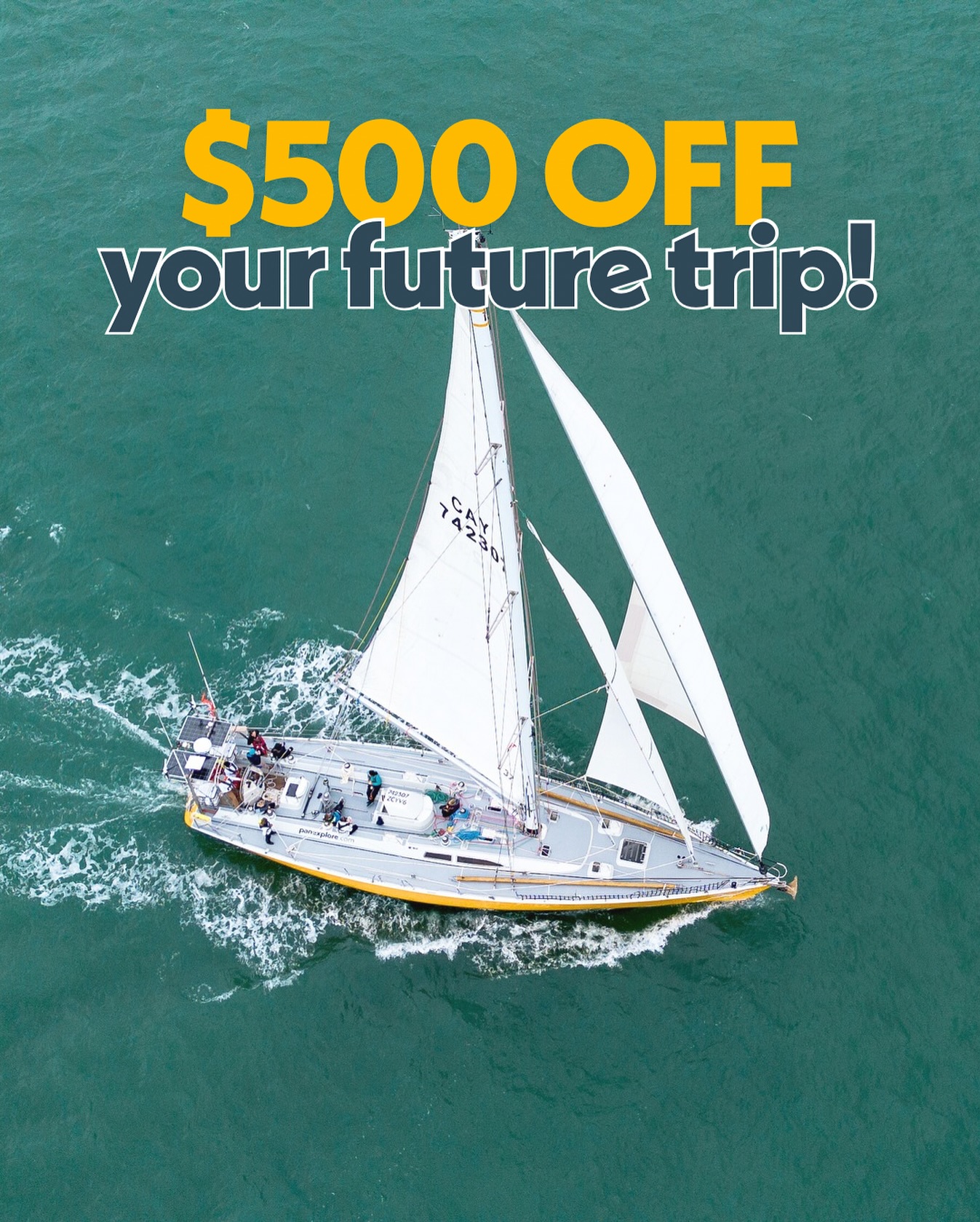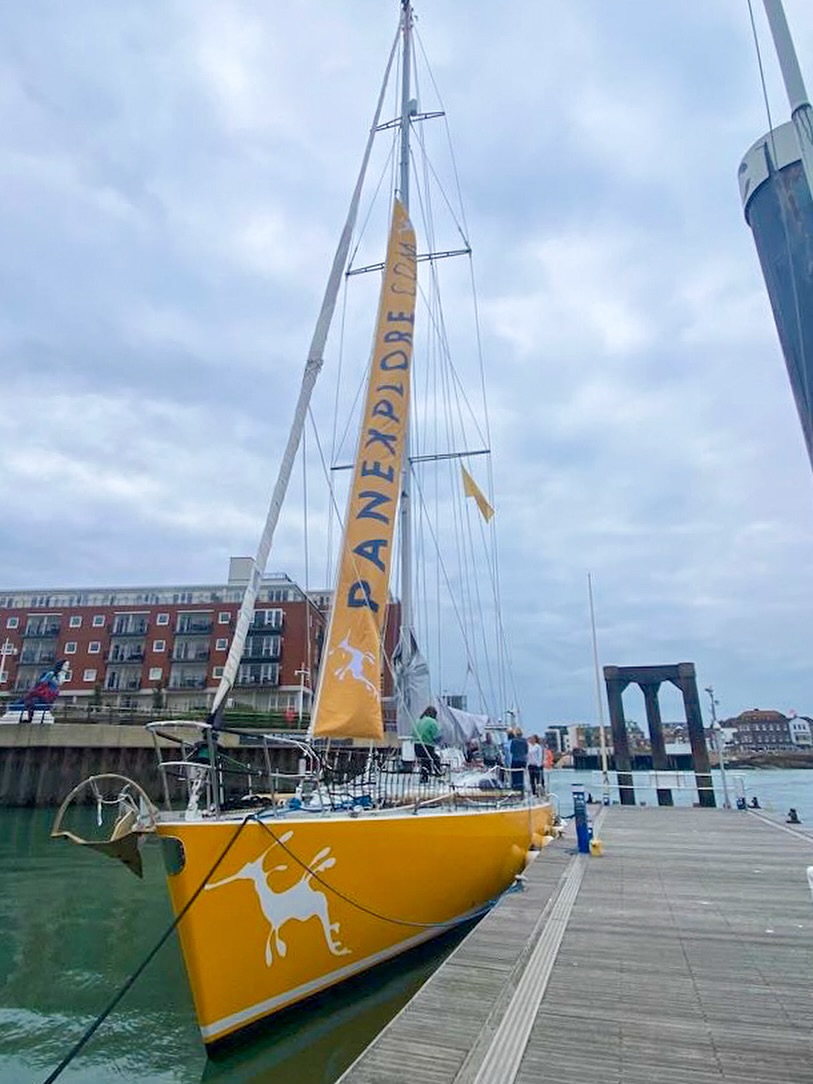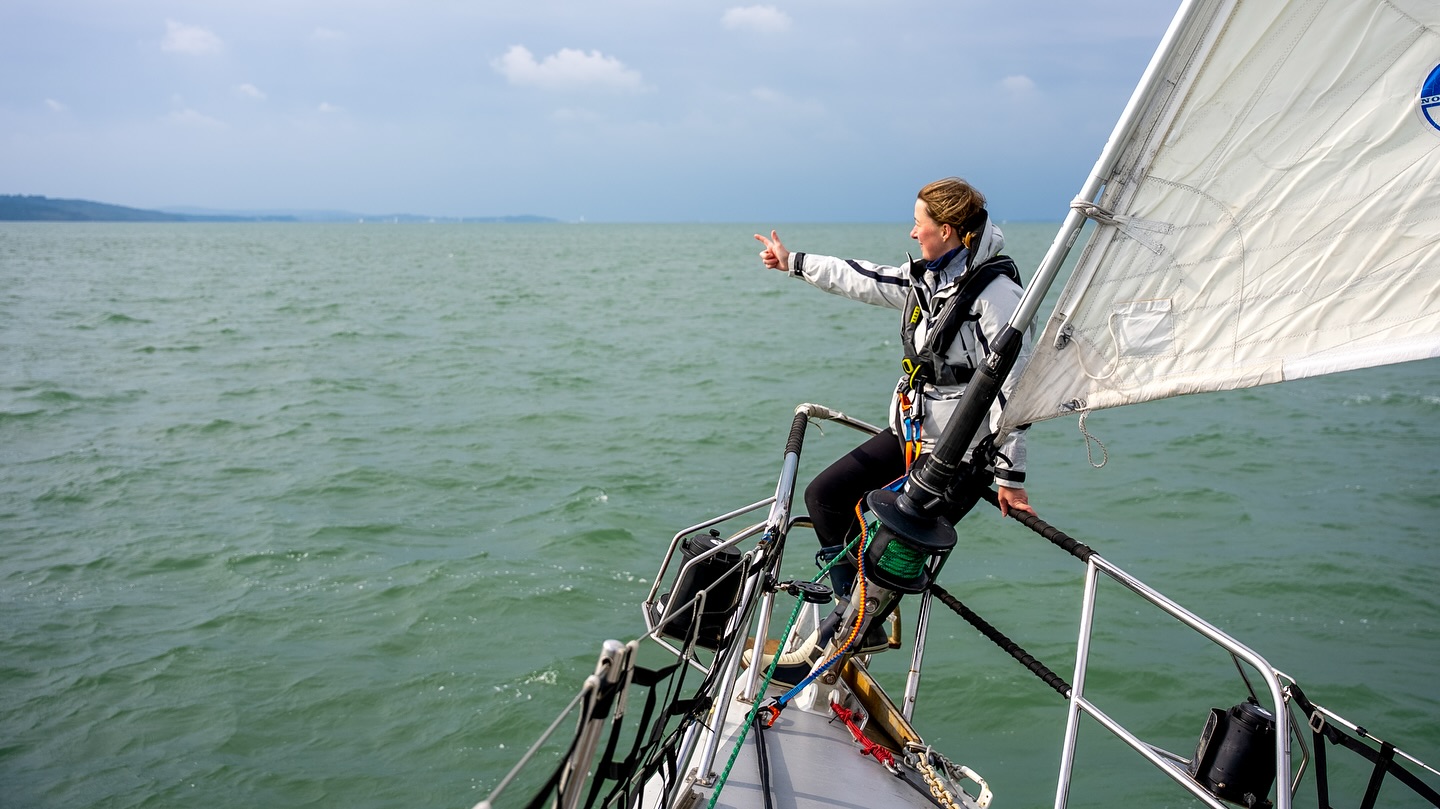Just a few hours ago, Sea Dragon and her renewed crew headed out to sea…again. As we all sit back tonight, the team is sailing into the night, offshore and leaving the lights of Rio behind. As with all our expeditions, and indeed all great voyages – this is about as much that is ahead as it is what is being left behind. Out ahead of the team lays a vast expanse of over 3,000 miles of open ocean. It is one of the least known regions of the world. To them it will soon all become an unending expanse of apparently identical, ongoing even relentless ocean. They will gradually understand the immensity of the three dimensional space they are now a part of. The miles all around them are enormous. The water below is beyond imagination. By early tomorrow there will be over 3 miles, or 17,000 feet of water beneath the hull. They will move forward on winds that circle the globe, and live under a sky so completely dark that stars on the horizon will look like ship lights. Behind them is a new world of settlers and a distinct latin culture. Ahead is Africa, a dynamic, powerful “old world” that is symbolic of wildlife and human challenge.
Before them is important work. The south Atlantic is one of the five great Gyres and, we believe, also home to a growing accumulation of plastic debris. The everlasting run-offs of two major continents, South America and Africa, must be flowing directly into these waters. Additionally, we believe the circulations between oceans are bringing in new material from much further shores. Our first test of this was in September as Sea Dragon and the 5Gyres team cruised along the northern edge of this region enroute to Ascension Island. As predicted, concentrations of plastic increased towards the gyre center before the team turned north to Ascension. Sampling every hundred miles, this new expedition will create the first scientific insight into the center of the South Atlantic Gyre.
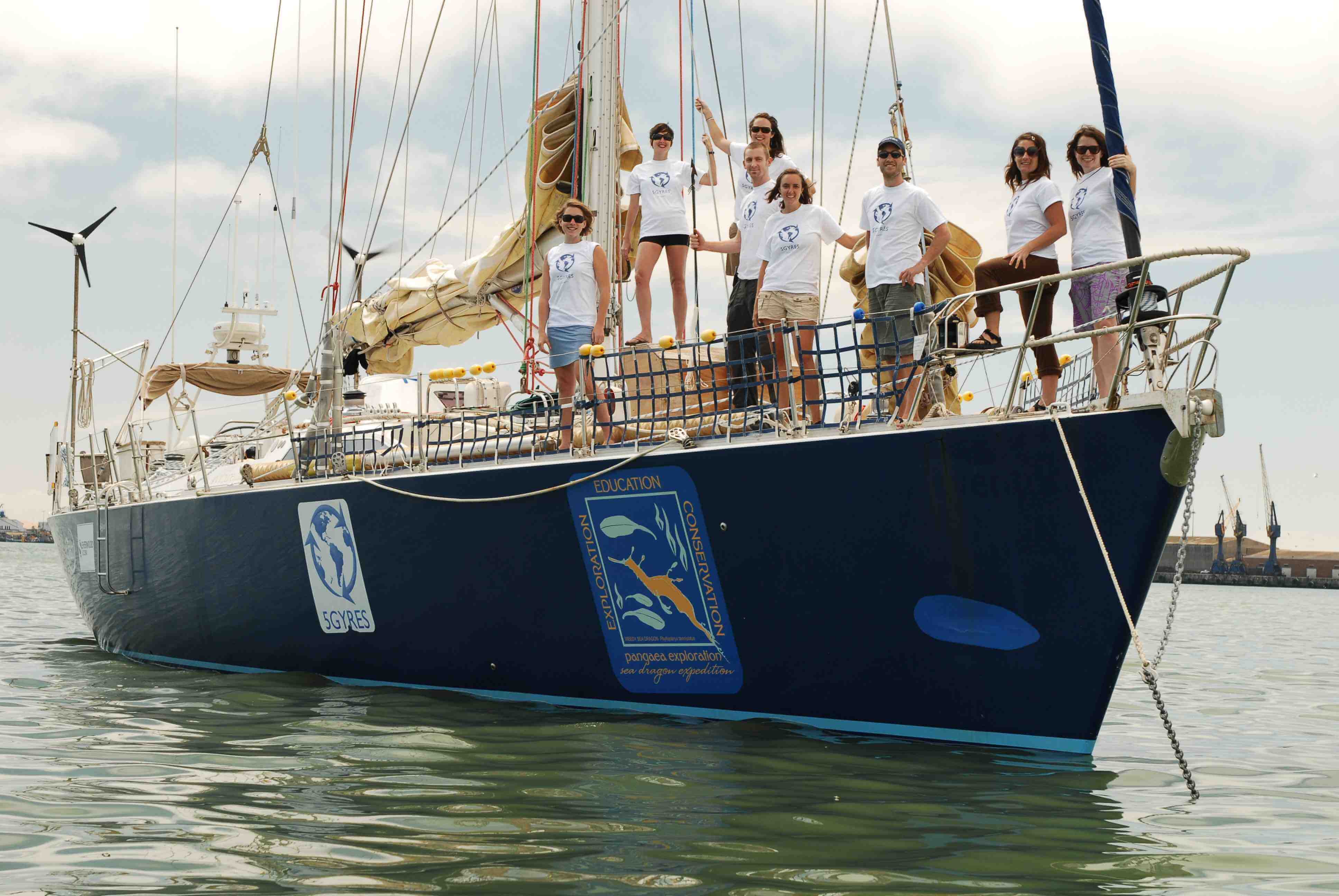
Augmenting the core plastics work, the team will be collecting important fish tissue samples that can give us insight into bio-accumulation of a deadly class of man-made chemicals – Persistent Organic Pollutants (POPs). Our partnership with the UN has highlighted the importance of these compounds in overall human and ecological health. In addition, a young scientist from the Scripps Institute of Oceanography (UCSD) will be on board to look at fish tissue. Chelsea is interested in how these compounds interact with the plastic…and then into these major oceanic food chains.
Also important, Sea Dragon is now fully operational with two important water analysis sensors. These will conduct automatic, continuous sampling of the surface water for pH and dissolved CO2. There is significant interest in how CO2, rising in the atmosphere, interacts with the ocean. Once believed to be an all good news story, the ocean’s ability to absorb CO2 appears to have a very dark side. As this gas dissolves into seawater, it creates carbonic acid (HCO3) which increases acidity. Think about a soda drink. This looks like a very bad thing for all forms of sea life that deposit calcium based structures – coral, mollusks, lobsters, most plankton. Highly acid conditions make this process of growing much harder. Several research teams, NOAA and NASA are very keen to understand this. Sea Dragon enters the picture due to the dearth of data on actual conditions in remote areas. We are now demonstrating the ability of private vessels to carry these sensors- adding an entirely new channel for land based scientists to collect data.
We must always remember that there are also things left behind. Families, lives, email chains and the many threads of daily life remain at the dock. Satellite phones create a thin connection, but the separation and implications are very real for the team heading out to sea tonight. All of us who have done this understand how it feels and what it means. To the crew, we say “thank you” for taking the burden and heading out to sea. We also recognize the sacrifice of those left behind – your support is every bit as important.
The winds look very good for the next two days – enough to get them out to sea under sail. A large area of light air and clear skies looks set to track with the boat through the week. Perhaps a bit disappointing for sailing, but good weather for a new crew and important research. The best way to keep an eye on their weather is through Passage Weather.
